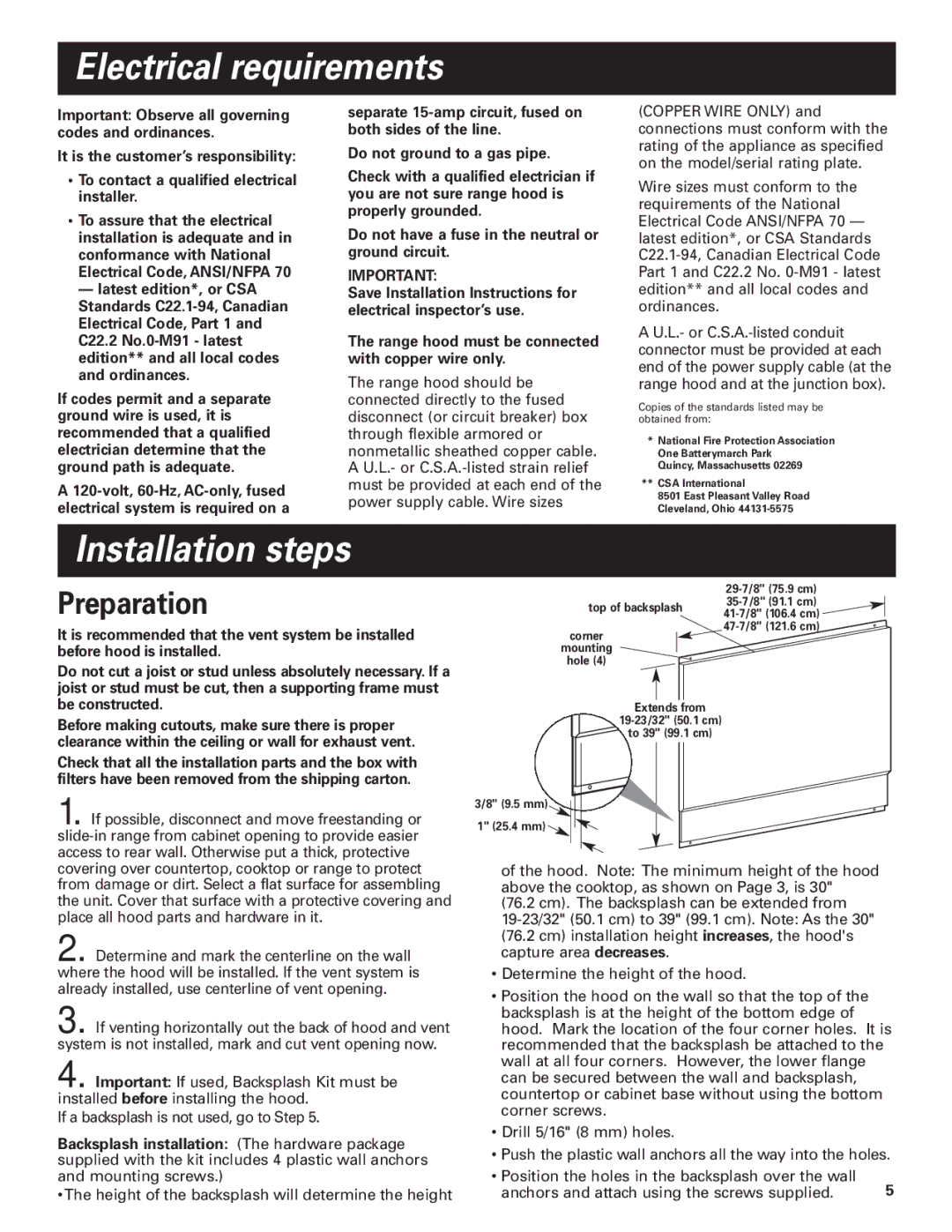Pro LineTM specifications
The KitchenAid Pro Line™ series represents the pinnacle of culinary innovation, designed specifically for passionate home cooks and culinary professionals alike. With a robust combination of cutting-edge technology, superior materials, and aesthetic appeal, the Pro Line™ collection offers appliances that empower users to elevate their cooking experience.One of the flagship products in this line is the KitchenAid Pro Line™ mixer, which is renowned for its powerful motor that boasts a significant wattage capacity, delivering unparalleled mixing capabilities. This high-performance motor ensures that the mixer can handle even the heaviest of doughs, offering a seamless mixing experience for bread, cakes, and pastries. The integrated bowl-lift mechanism is designed to provide stability and easy access, allowing users to add ingredients without hassle.
As part of its commitment to versatility, the Pro Line™ mixer features an extensive array of attachments that can be swapped out effortlessly. From pasta makers to food grinders, these accessories expand the functionality of the mixer, making it a multifunctional powerhouse in any kitchen. The innovative design of the mixing bowl, often crafted from stainless steel, provides both durability and an easy-clean surface, while featured handles ensure easy grip and stability during use.
The Pro Line™ series also emphasizes precision with its variable speed control, allowing users to achieve the exact texture and consistency they desire. The soft-start feature minimizes splatter, while the lock and unlock functionalities enhance safety during operation.
In addition to performance, aesthetics play a significant role in the Pro Line™ design philosophy. Available in a variety of colors and finishes, these appliances are crafted to be both functional and visually striking, capable of complementing any kitchen decor.
Moreover, KitchenAid’s Pro Line™ products are built with premium materials, ensuring longevity and resilience in rigorous cooking environments. With a commitment to quality and performance, the Pro Line™ series redefines what consumers can expect from kitchen appliances, merging style with groundbreaking technology to inspire creativity and confidence in the kitchen.
Overall, the KitchenAid Pro Line™ stands as a testament to the brand's dedication to culinary excellence, making it an essential addition for any cooking enthusiast looking to enhance their kitchen capabilities.

